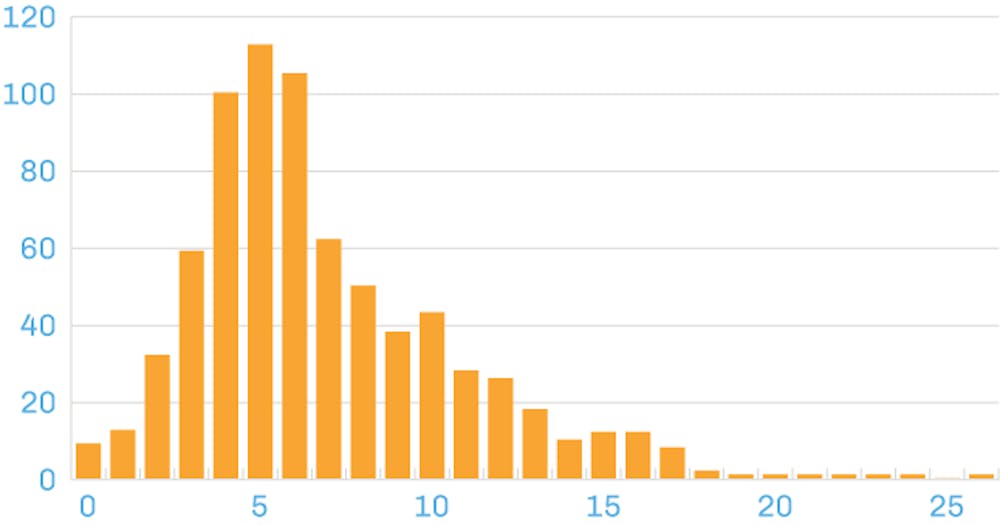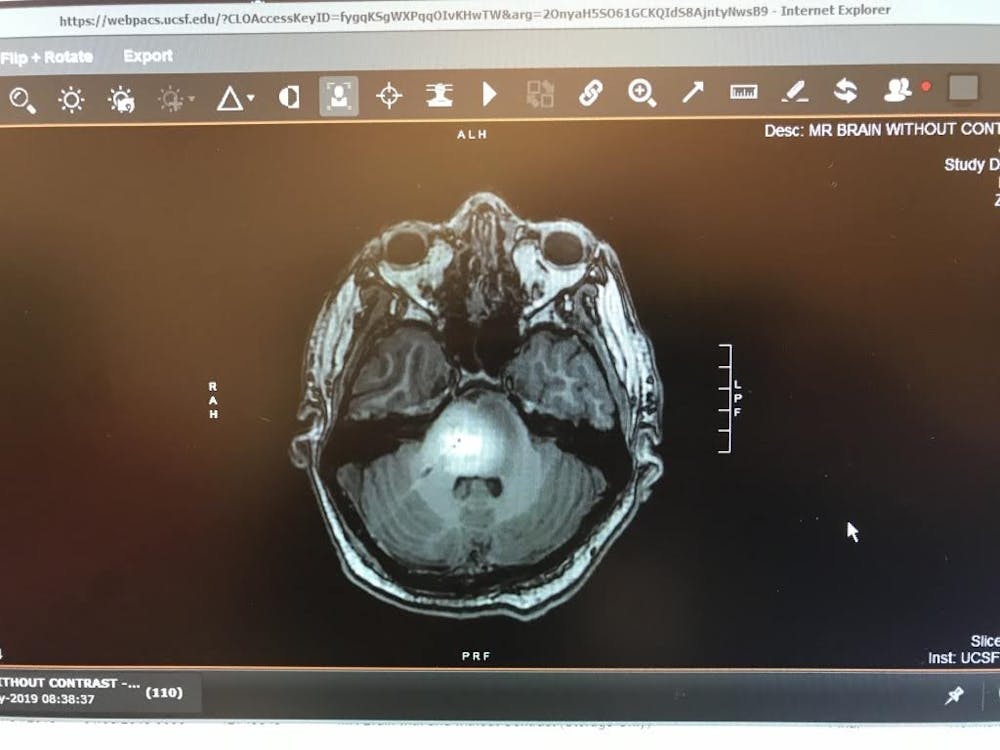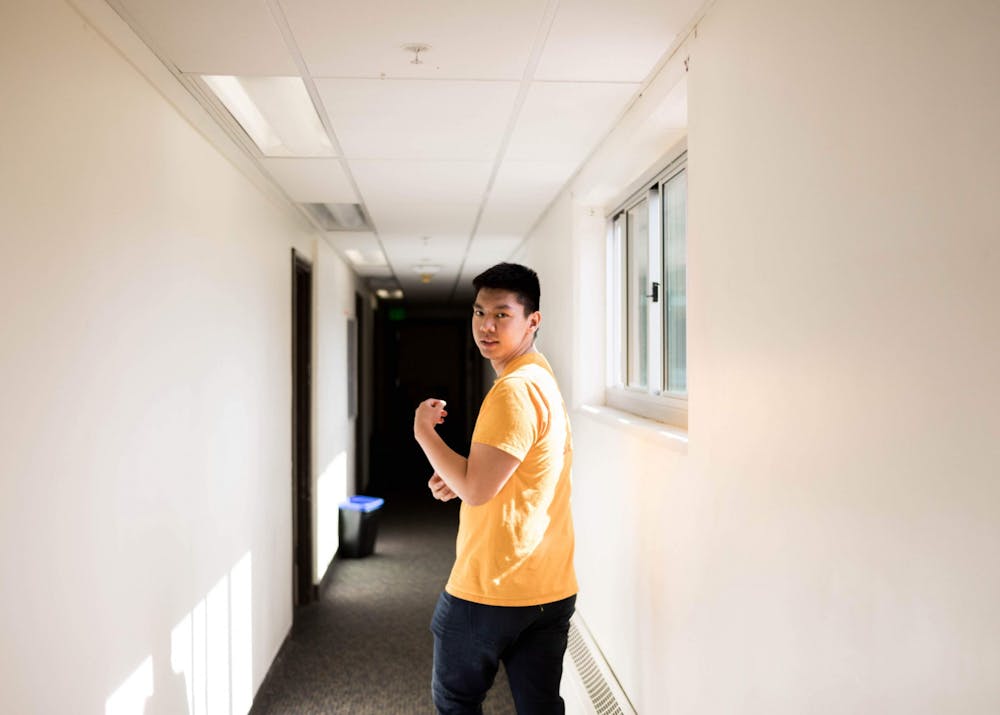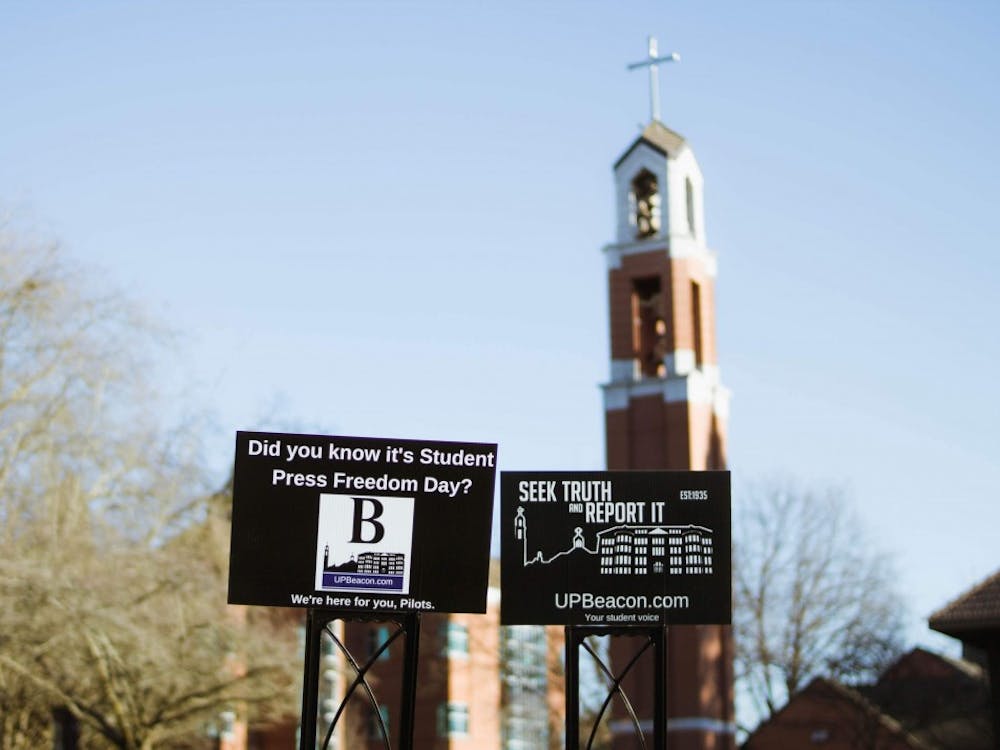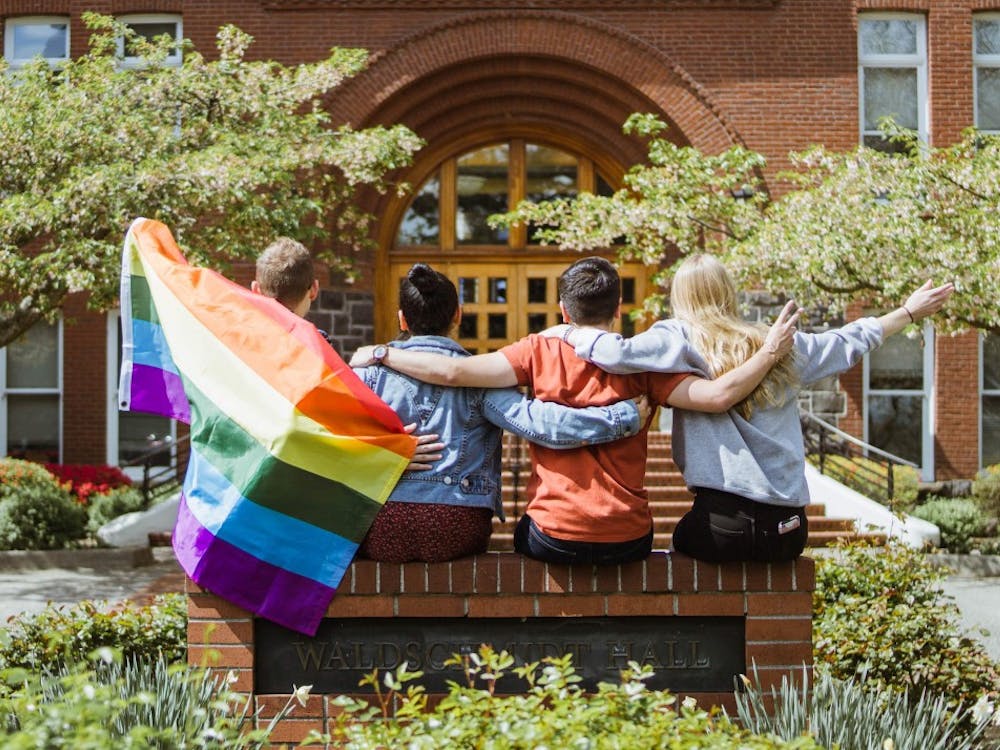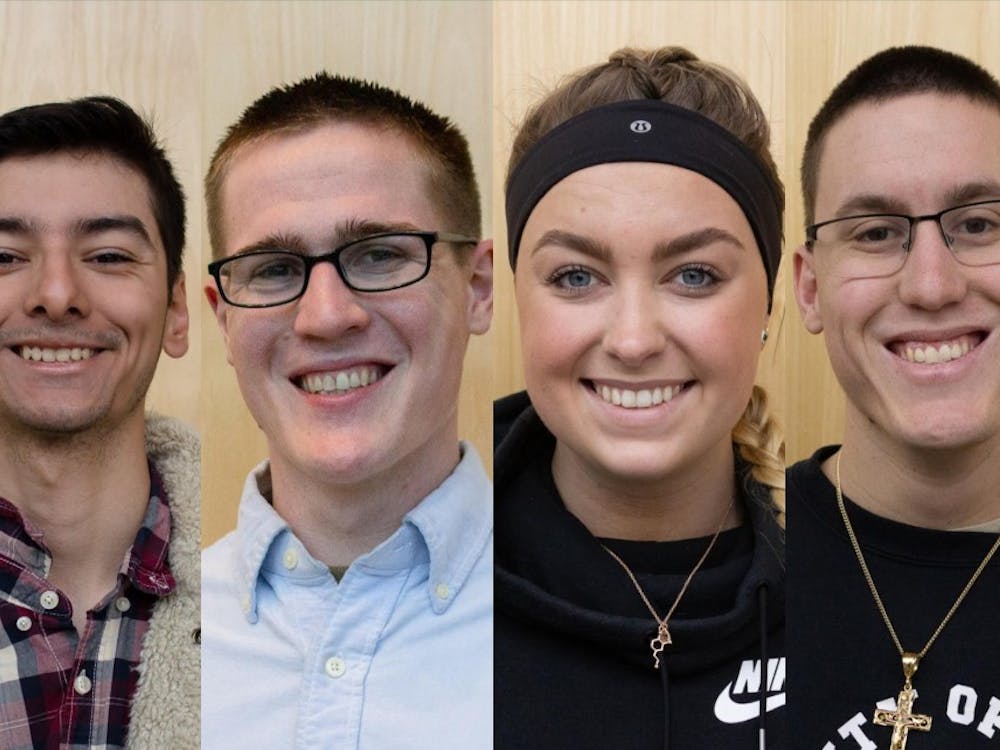Isley Cachero: Fighting to be the 1%
Isley Cachero stands in his dorm in Villa Maria. He has lived in Villa for four years now.
For senior Isley Cachero, it started with headaches that progressively got worse. Then, he started to stutter his speech. He thought it was just stress, but the symptoms continued into winter break in 2018. He was in for a routine check-up, mentioning to the doctor briefly what he was feeling.
“She heard me stutter a word three times,” Cachero said. “That’s when she prompted the emergency MRI.”
On Jan. 5 2019, the results showed a tumor about the size of a golf ball located in a very sensitive area of the brainstem called the pons, devastating Cachero and his family. Cachero was diagnosed with Diffuse Intrinsic Pontine Glioma (DIPG) his junior year, a rare and aggressive tumor on the brain stem, affecting critical bodily functions including breathing and blood pressure.
“My mom was already with the doctor, and I saw her already wiping away her tears,” Cachero said. “That’s when she told me I had a brain tumor.”
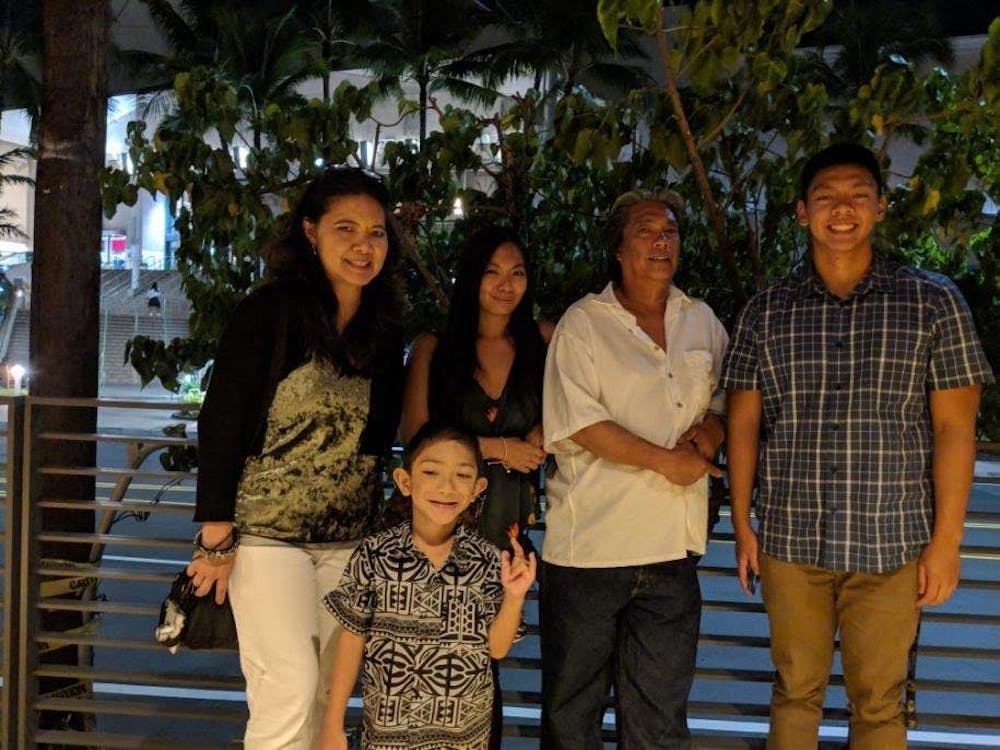
Isley Cachero (far right) with his family. From left to right, Dana Lee (mother), Marcus Iaea (younger half-brother), Kiley Cachero (older sister), and Alex Cachero (father). Photo courtesy of Isley Cachero.
Since his day of diagnosis, Cachero has woken up every morning wondering if this day will be his last.



